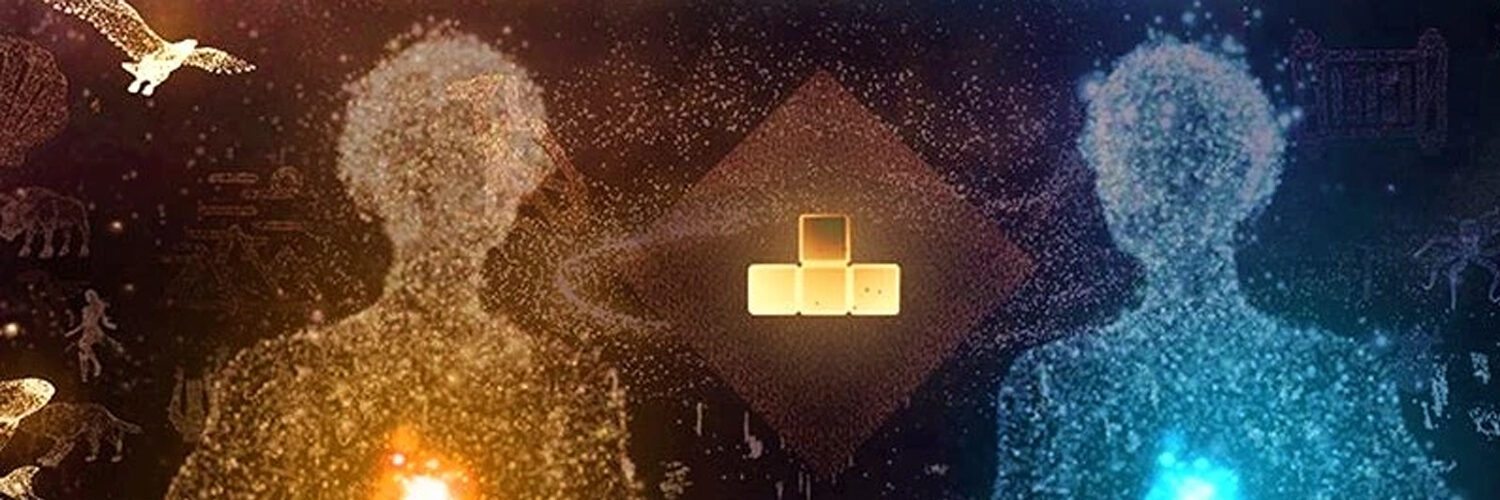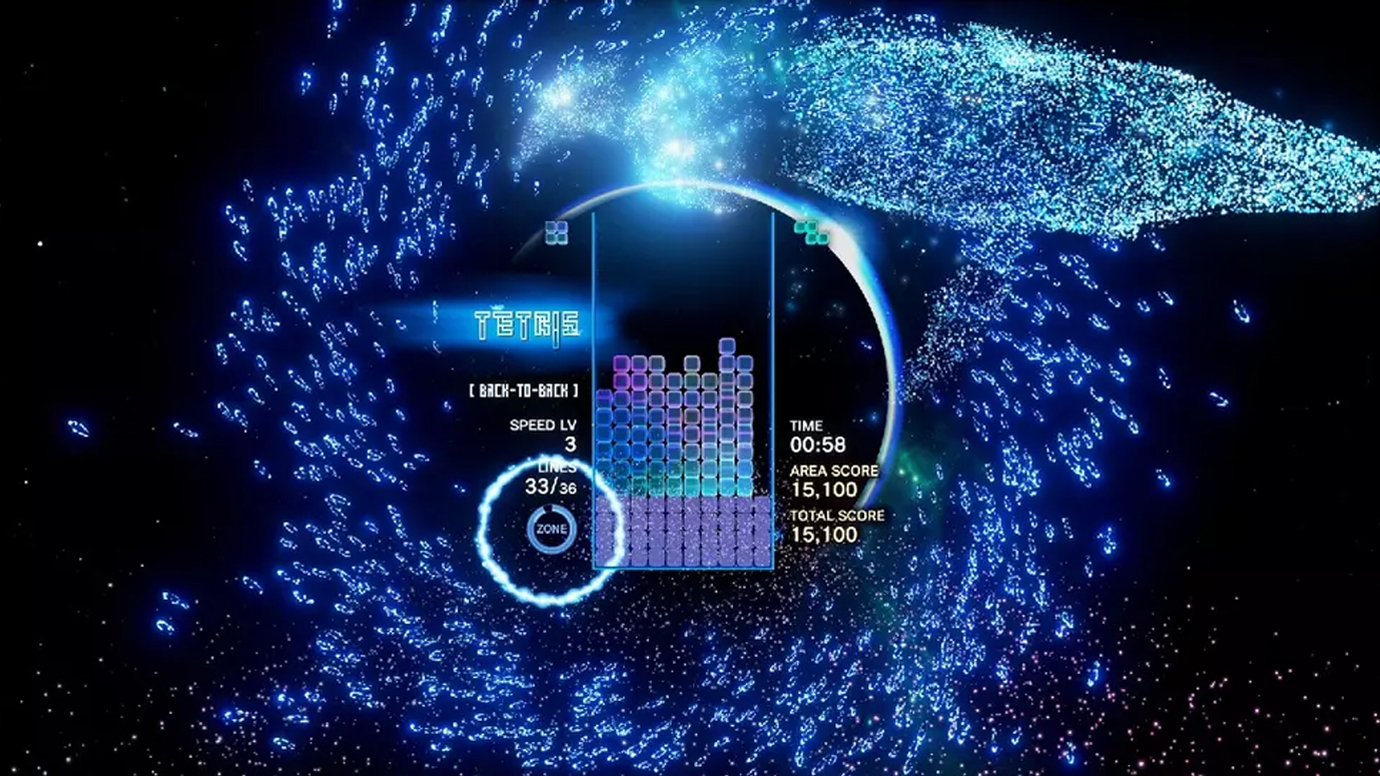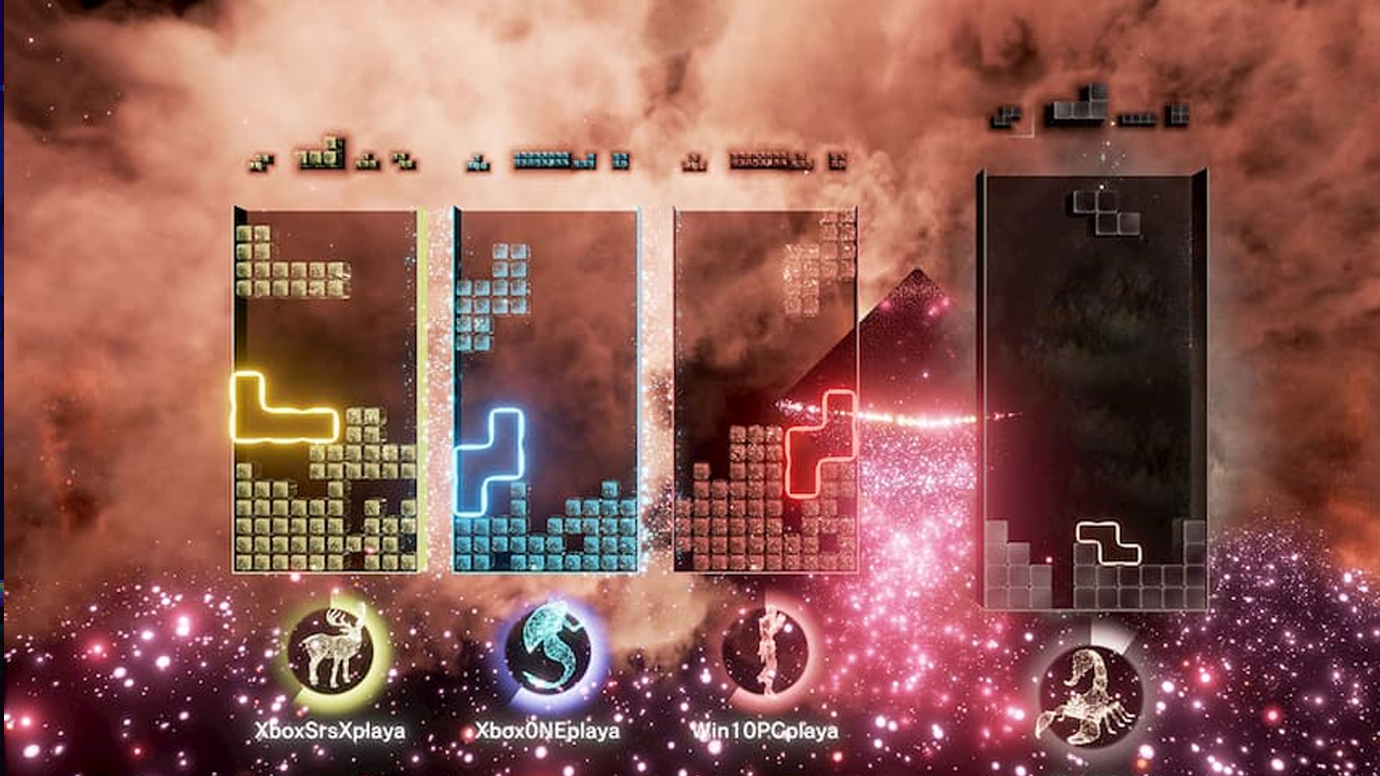
Tetris Effect: Connected PSVR2 Review
As videogame hardware evolves, so too must videogames themselves learn to innovate from their core gameplay concepts in order to adapt to the technological leaps each new console generation provides. Whether this includes a literal shift in perspective, such as the rise of 3D gaming that forced many 2D franchises and genres to think in the third dimension, or an attempt to reinvent the formula in order to maintain relevance among an easily bored audience, practically every long-running videogame franchise has had to accept the age-old addendum of “Evolve or Die”.
Which is why a series such as Tetris deserves admiration for being one of the few long-standing holdouts to this rule; sure, there have been attempts to innovate the classic formula with spinoff titles with varying degrees of success, but even nearly 40 years since its inception, the original no-frills incarnation of the classic puzzler remains the most beloved and recognizable among all other iterations. Tetris has remained Tetris, through and through, and likely will continue to do so until the end of time.

This is why the VR debut of Tetris released with a bit of irony, as the 2018 release of Tetris Effect was created for the revolutionary new PlayStation VR headset (now known colloquially as the PSVR1) while also featuring an aesthetical theme of human evolution, all while still retaining the classic style of gameplay that has carried its success for so many years on even the most basic of electronic hardware: if it runs on electricity, it can run Tetris (and probably Doom).
Now there is a new VR headset on the market with the PSVR2, Sony’s second attempt at mass marketing console VR gaming, and Tetris Effect follows as one of the first launch titles for the new hardware, moving from its PS4 debut as a PS5 re-release. In another instance of irony, while the original PSVR1 release was a visual revolution that showcased the original series in a whole new graphical perspective, the re-released PSVR2 version is literally the exact same game…and that’s not a bad thing at all.
Containing everything included from the original release along with the free expansion that came out in 2020, Tetris Effect: Connected is the exact same game that has been available on multiple platforms with no new additions for its PSVR2 debut. While this may initially sound disappointing for prospective double-dippers, there is one key difference that makes the re-release essential for anyone who owned the PSVR1 version: it performs better.
The PSVR1 headset was an amazing accomplishment in terms of making console VR gaming an affordable reality, but it was far from perfect; in addition to the hefty amount of cables and boxes requires to connect the device to the PS4 console, the headset also required an additional camera that needed to be set up properly so that it could track the headset while playing. Needless to say, this would result in lots of trial and error and a lot more instances of motion sickness and tracking issues, especially for those that had a less-than-ideal room setup that could not accommodate the length of distance or lighting conditions. When it worked, it worked, but when it didn’t work, it was a frustrating and often nauseating experience.
Fortunately, the PSVR2 headset is significantly less of a headache to get going, as it no longer requires a camera for head tracking and only utilizes a single lengthy cable to connect to the console. There may still require some futzing around depending on the lighting and length conditions of the user’s room, but it’s a much simpler experience that, more importantly, results in a much smoother gaming experience, not to mention a better quality picture that also has the added benefit of additional haptic feedback, including headset vibration.

And that is why Tetris Effect: Connected is a must-have for PSVR2 owners; while the game itself remains unchanged, the experience is a drastic improvement thanks to the clearer 3D images of space, time, dolphins and other trippy effects flying by players while they engage in the traditional Tetris gameplay.
For those unaware, the concept of Tetris involves different-shaped blocks dropping down from the top screen (called Tetrominos) to form columns at the bottom, which clears out with every row filled. The more columns cleared at a time, the higher the score, but over time the speed in which the blocks drops increases, which means quicker thinking and less indecisiveness will be needed. That is a poor summary of how the core game works, but the fact that the game is so simple to learn but tough to master is why it has remained so popular all these decades.
Tetris Effect: Connected contains a few of the quality of life features that more modern Tetris games include, such as the ability to “hold” a block in reserve and swap to it at any time when it appears convenient, as well as the ability to instantly drop blocks to the bottom with a single button press. There is also a meter that fills up during play that essentially allows players to slow down time for a brief period, offering the opportunity to achieve huge line breaks that can result in bigger scores.
But the most crucial feature, and the same one introduced in the PSVR1 version, is the goal of stage progression that makes up the main campaign. Fittingly titled “The Journey”, each stage features a different visual and audio theme, with the theme linking all of them serving as a metaphor for the journey of life, a concept all too familiar in each of the works of Tetsuya Mizuguchi (including Rez, which also happens to be a PSVR2 launch game). Each stage features a unique aesthetic including underwater life, nomads traveling the desert, a Japanese festival, a bustling futuristic cityscape and other motifs that would fit at home in any underground rave club, with similar music to boot. Between the gorgeous visuals, catchy music and rhythmic haptic feedbacks all working in tandem, it would be very difficult not to bop one’s head to the beat of each stage. Surprisingly, and also fortunately, none of these elements prove distracting at all to the overall goal of keeping the Tetrominos perfectly arranged while playing.
The “Connected” part of the title isn’t just metaphorical, as it also refers to the online multiplayer features introduced in the last update. Players can connect online to cooperate in teams against AI opponents, each level offering harder opponents but also exclusive avatar rewards. While each of the four players have their own Tetris grids to manage, the boss battle will occasionally merge the four grids together, requiring the players to work together to fit their individual pieces together. This is easier than it sounds, as the game offers ample time to highlight where the pieces will fall, keeping eager players from dropping their blocks too quickly for others to catch up. The only downside to this mode is how the VR perspective won’t center each player’s screen to their respective spots. It is currently unknown whether this is intentional or a glitch, but while it is a minor inconvenience it still would be nice if players can manually center the four vs one match however they wish. For those who don’t feel like cooperating, there are also the standard versus matches where players compete with each other, playing Tetris endlessly until one person’s screen becomes too cluttered to continue.

In summary, Tetris Effect: Connected is the easiest game to recommend, with just a couple of exceptions; In its purest form, it is Tetris, first and foremost, and from an aesthetic standpoint, it is a beautiful showcase of what VR games can achieve, almost perfectly now thanks to the improved performance and power of the PSVR2. But for those who have already played the previous version ad nauseum and/or don’t own a PSVR2 (much less a PS5, as the console can still be tricky to find), it may not be worth the upgrade price, even if it is relatively cheap. Those two caveats aside, this is a must-have game that will impress even the most hesitant of folks over the unique experience of VR gaming.
